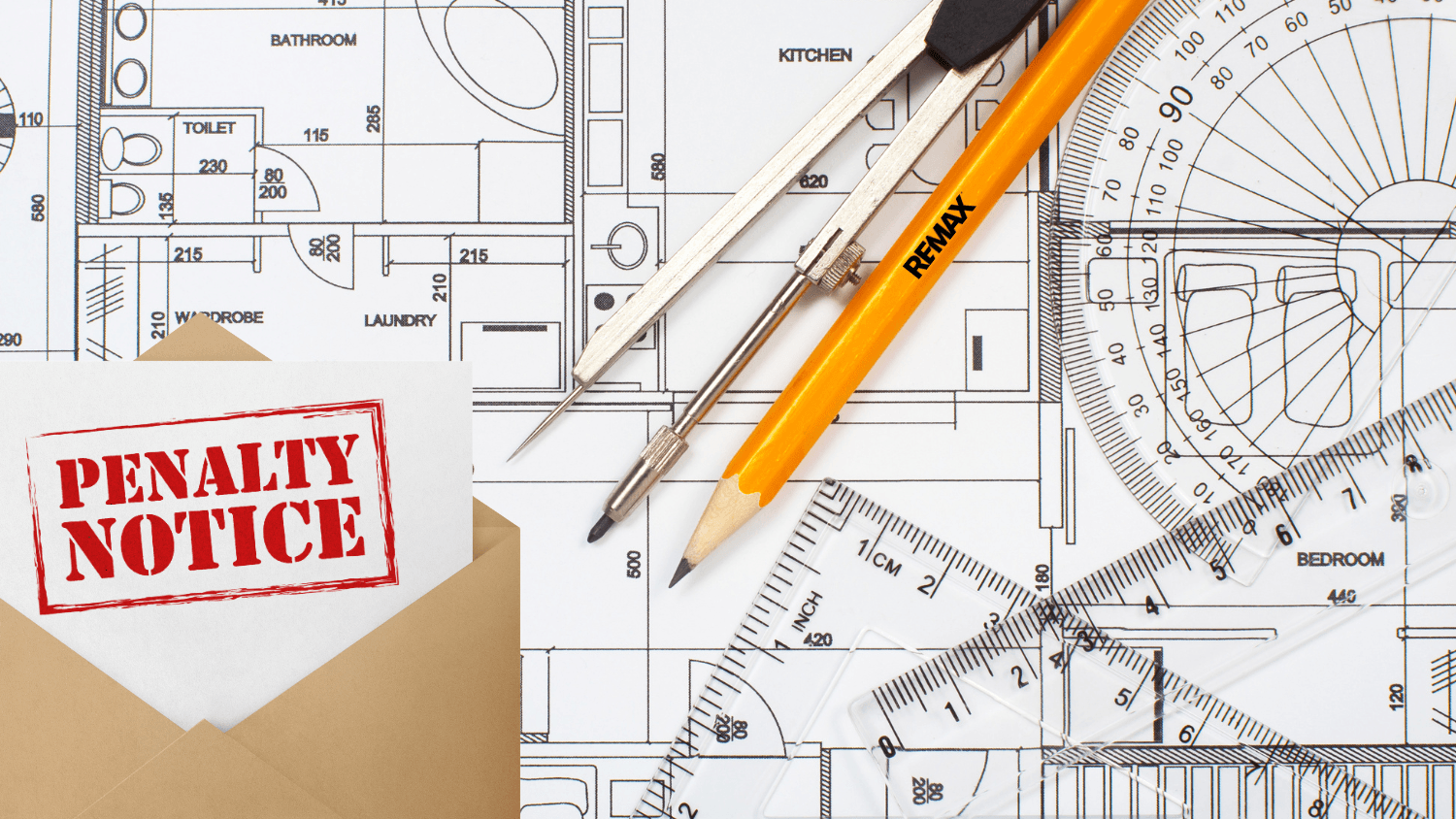No matter how thoroughly you may have inspected your dream home, unexpected defects can and often do appear after the offer to purchase has been signed. To help you know how to go about dealing with defects when buying a home, below are a few tips to help you better understand your rights…
Understanding the Voetstoots clause
Sadly, buyers are not protected by the Consumer Protection Act (CPA) in real estate transactions, as these are considered to take place between two consumers (i.e. the seller and the buyer) and not between a supplier and a consumer. Unless a buyer is purchasing a home from a developer or from somebody whose ordinary course of business is to sell properties, the Consumer Protection Act (CPA) does not come into play. Instead, property transactions are governed under the voetstoots clause; a legal term that describes the sale of an item as is, regardless of any defects. This is why it is so important to have a property thoroughly inspected before you sign the sales agreement.
Patent vs latent defects
There are two kinds of defects: a patent defect (those which are easily discovered) and a latent defect (those that are not easily picked up by a superficial inspection). Because patent defects are clearly visible without a professional inspection of the property, such as broken windows or cracks in the wall, the buyer will have no recourse against these types of defects. It is up to the buyer to spot them and then decide whether to proceed with purchasing the property. To protect both parties from further arguments down the line, all patent defects should be listed in the sale agreement, along with who is responsible for fixing them. This usually is presented in the form of a disclosure document.
On the other hand, latent defects are trickier to spot and include items such as a leaking roof or faulty geyser. While common law states that the seller is responsible for all latent defects in the property for three years from the date of discovery of the defect, the voetstoots clause protects the seller against all defects that are unknown to him. To benefit from common law, the buyer will need to prove that the seller was aware of a latent defect and deliberately concealed it from the buyer.
What happens while waiting for the transfer to go through?
Depending on the circumstances and the wording of the sale agreement, any new defects that are discovered before the property is transferred into the buyer’s name will likely be for the seller’s account unless the defects are caused by the buyer who is occupying the property ahead of transfer.
Final Advice
Although your nearest RE/MAX agent is equipped with enough knowledge to provide buyers and sellers with some general advice, it is better to seek professional legal counsel on this topic if issues do arise.





